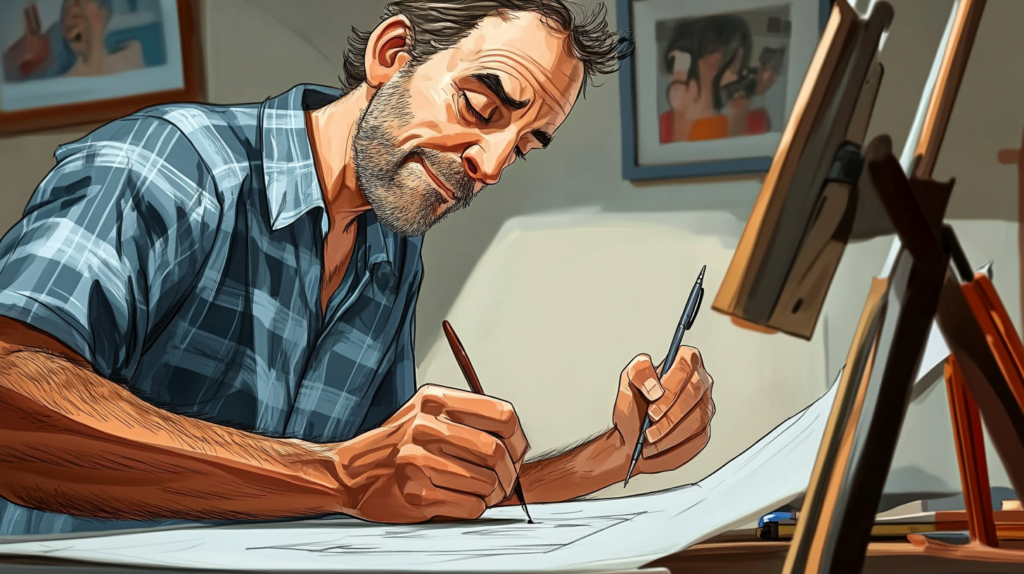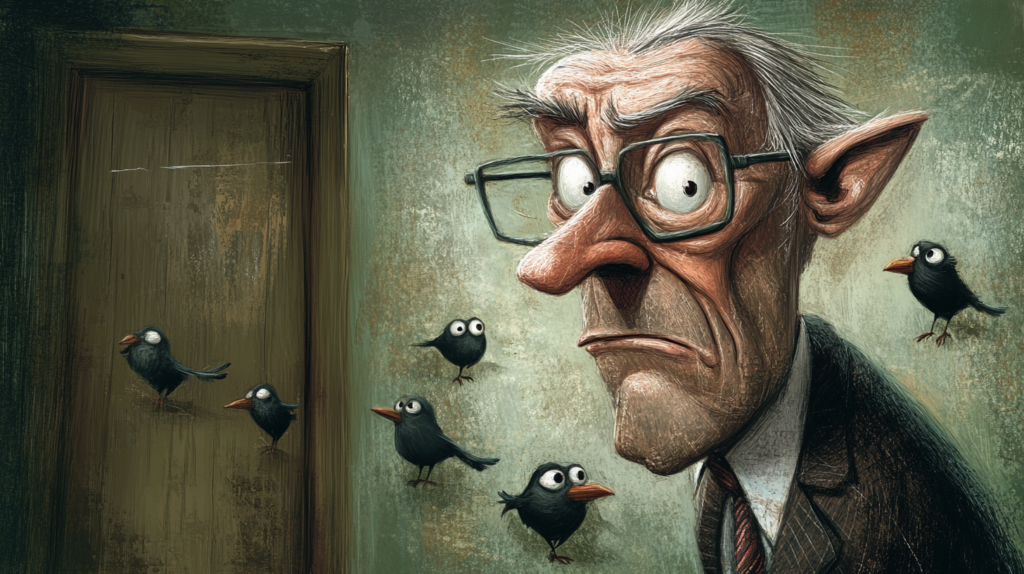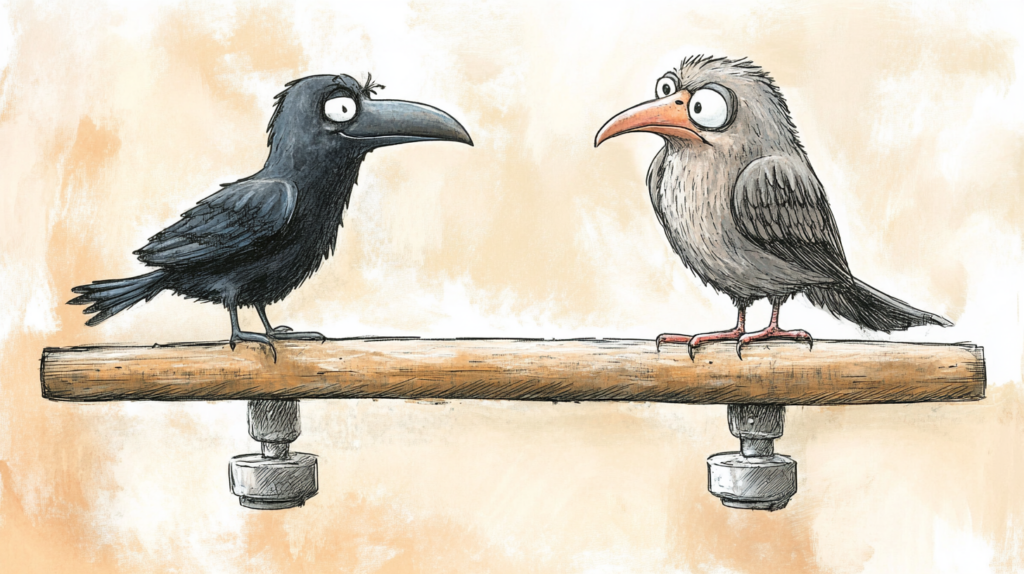Responsibilities a Cartoonist Should Always Remember While Drawing: As a cartoonist, your work has the power to entertain, inform, provoke thought, and influence public opinion. With this power comes a set of responsibilities that you should always keep in mind while creating your cartoons. These responsibilities encompass ethical considerations, respect for your audience, and the integrity of your work. Here’s a guide to the key responsibilities every cartoonist should remember while drawing.

1. Respect for Diversity and Inclusion
Avoid Stereotyping
One of the most important responsibilities of a cartoonist is to avoid perpetuating harmful stereotypes. This includes being mindful of how you portray different races, ethnicities, genders, religions, and cultures. Stereotypical depictions can reinforce negative assumptions and contribute to prejudice and discrimination.
Promote Positive Representation
Strive to create characters and scenarios that reflect the diversity of the world. Positive representation in cartoons can challenge societal biases and contribute to a more inclusive and understanding culture. This doesn’t mean avoiding humor or satire, but rather being thoughtful about how your work affects those who see it.

2. Ethical Use of Satire and Humor
Punch Up, Not Down
In satire, it’s important to “punch up” rather than “punch down.” This means targeting those in power or highlighting societal issues rather than making fun of vulnerable or marginalized groups. Humor that mocks or belittles those who are already disadvantaged can be harmful and is often seen as mean-spirited rather than funny.
Consider the Impact of Your Humor
Before finalizing your work, consider the potential impact of your humor. Will it contribute to meaningful dialogue, or could it hurt or alienate your audience? While it’s impossible to please everyone, being aware of the possible interpretations of your work can help you make more informed choices.

3. Accuracy and Integrity
Base Your Work on Facts
If your cartoon is making a statement about current events, politics, or social issues, ensure that your commentary is based on accurate information. Spreading misinformation, even unintentionally, can damage your credibility and mislead your audience. Do your research and double-check your facts before incorporating them into your work.
Maintain Artistic Integrity
As a cartoonist, your unique voice and perspective are your most valuable assets. While it’s important to be mindful of your audience, don’t compromise your artistic integrity to appease others. Stay true to your vision and message, even if it means tackling controversial or challenging topics.

4. Respect for Intellectual Property
Avoid Plagiarism
Respecting the intellectual property of others is crucial in any creative field. Always create original work or ensure you have the rights or permission to use any images, ideas, or characters that aren’t your own. Plagiarism can lead to legal issues and damage your reputation as an artist.
Credit Your Inspirations
If your work is inspired by another artist or piece of media, it’s good practice to give credit where it’s due. Acknowledging your influences not only shows respect for other creators but also helps build a sense of community within the art world.

5. Sensitivity to Audience Reactions
Be Prepared for Criticism
As a cartoonist, especially if your work involves satire or social commentary, you should be prepared for criticism. Not everyone will agree with your perspective or find your humor funny. When faced with criticism, respond thoughtfully and professionally. Reflect on the feedback, but don’t let it discourage you from expressing your views.
Understand Your Audience
While you should maintain your artistic integrity, it’s also important to understand your audience. Knowing who your audience is can help you tailor your work to resonate with them while avoiding content that could be misinterpreted or unnecessarily offensive.

6. Social Responsibility
Consider the Broader Impact
Cartoons can shape public opinion and influence societal attitudes, so it’s important to consider the broader impact of your work. Ask yourself whether your cartoon contributes positively to the conversation or if it might perpetuate harmful ideas. Aim to create work that encourages critical thinking, empathy, and understanding.
Use Your Platform for Good
If you have a platform, whether it’s a large social media following or regular publication in a newspaper, consider using it to raise awareness about important issues. Cartoons have the power to highlight social injustices, promote positive change, and give a voice to those who are often unheard.

7. Balance Between Freedom of Expression and Responsibility
Exercise Freedom of Expression Responsibly
As a cartoonist, you have the right to express your views and opinions. However, with this freedom comes the responsibility to use it wisely. Your work should be thought-provoking, insightful, and respectful of differing perspectives. Balancing freedom of expression with ethical considerations is key to being a responsible cartoonist.
Avoid Harmful Content
While satire and humor can push boundaries, be mindful of content that could be harmful. This includes avoiding depictions of violence, hatred, or discrimination that do not serve a clear purpose in the context of the cartoon. Ensure that your work doesn’t glorify harmful behavior or spread dangerous ideologies.

8. Cultural Sensitivity
Be Culturally Aware
Cartoons often engage with cultural topics, and it’s important to approach these subjects with sensitivity and respect. Avoid cultural appropriation and ensure that you’re representing different cultures accurately and respectfully. When in doubt, consult with members of the culture you’re portraying to get their input and perspective.
Respect Religious Beliefs
Religious themes can be sensitive, and it’s important to handle them with care. Avoid ridiculing or misrepresenting religious beliefs and practices. If you’re using religious symbols or references, ensure that you’re doing so in a way that is thoughtful and considerate.

9. Commitment to Continuous Learning
Stay Informed
The world is constantly changing, and as a cartoonist, it’s important to stay informed about current events, social issues, and cultural trends. This ongoing learning will enrich your work, helping you create cartoons that are relevant, timely, and impactful.
Learn from Feedback
Feedback from your audience, peers, and critics is valuable for your growth as an artist. Be open to constructive criticism and use it to improve your craft. Engaging with your audience and considering their perspectives can also deepen your understanding of the impact of your work.
10. Professionalism
Meet Deadlines
If you’re working as a professional cartoonist, meeting deadlines is crucial. Whether you’re submitting work to a newspaper, magazine, or online platform, ensure that you manage your time effectively and deliver your work on time.
Respect Collaborative Relationships
If you’re working with editors, writers, or other collaborators, maintain clear communication and respect their contributions. Collaboration can enhance your work, and a positive working relationship will benefit everyone involved.

The Ethical Cartoonist
Being a cartoonist is not just about drawing funny pictures; it’s about using your art to communicate ideas, provoke thought, and engage with the world around you. By keeping these responsibilities in mind, you can create work that is not only entertaining but also meaningful, respectful, and impactful. Whether you’re creating cartoons for a wide audience or just for fun, your commitment to ethical practices and social responsibility will ensure that your work is appreciated and valued.
Frequently Asked Questions about Responsibilities a Cartoonist Should Always Remember While Drawing
What are the fundamental responsibilities a cartoonist should keep in mind?
- Accuracy and Clarity: Ensure that your cartoons clearly convey the intended message or joke. Avoid ambiguity that might confuse your audience.
- Consistency: Maintain consistent character designs, visual style, and storylines throughout your work to create a cohesive and recognizable brand.
- Respect and Sensitivity: Be mindful of cultural, social, and personal sensitivities. Avoid perpetuating stereotypes or offending marginalized groups.
How important is it for a cartoonist to consider their audience?
Understanding your audience is crucial for creating relevant and engaging content. Tailor your humor and themes to suit the age, interests, and cultural context of your audience to ensure your work resonates and is well-received.
What role does originality play in a cartoonist’s work?
Originality is essential for standing out and capturing the audience’s interest. Strive to create unique and fresh content rather than relying on clichés or copying others. Original ideas contribute to a distinctive style and voice.
How should a cartoonist handle feedback and criticism?
- Constructive Response: Approach feedback with an open mind and a willingness to learn. Use constructive criticism to improve your work while maintaining your creative vision.
- Professionalism: Handle criticism professionally and avoid defensive reactions. Consider the source of feedback and its relevance to your audience and goals.
What are the ethical considerations in cartooning?
- Avoid Harmful Stereotypes: Steer clear of reinforcing negative stereotypes or making insensitive jokes at the expense of individuals or groups.
- Intellectual Property: Respect copyright laws and avoid plagiarism. Create original content and give proper credit for any references or influences.
How can a cartoonist balance creativity with responsibility?
- Creative Integrity: Maintain your creative vision while being mindful of your responsibilities. Aim to push boundaries in a way that is thoughtful and respectful.
- Self-Regulation: Develop an internal sense of what is appropriate and what might be problematic. Regularly reflect on the impact of your work and adjust accordingly.
What are some ways to ensure your cartoons are inclusive and respectful?
- Research and Education: Educate yourself about different cultures, identities, and experiences to avoid unintentional biases. Stay informed about social issues and current events.
- Diverse Perspectives: Seek feedback from individuals with diverse backgrounds to gain insights into how your work might be perceived. Consider incorporating a range of perspectives in your content.
How can cartoonists stay updated with trends and maintain relevance?
- Continuous Learning: Stay informed about current events, social trends, and evolving cultural norms. Follow industry news and participate in relevant discussions to keep your content relevant.
- Networking: Engage with other cartoonists and professionals in the field. Attend industry events, join online forums, and collaborate with peers to stay connected and inspired.
What should a cartoonist consider when dealing with controversial topics?
- Thoughtful Approach: Handle controversial topics with care and thoughtfulness. Ensure that your portrayal is nuanced and contributes to meaningful discussion rather than simply provoking controversy.
- Responsibility: Be prepared to address potential backlash and engage in constructive dialogue with your audience. Consider the broader impact of your work on public discourse.
How can cartoonists manage their workload and avoid burnout?
- Time Management: Establish a structured schedule and set realistic deadlines to manage your workload effectively.
- Self-Care: Prioritize self-care and take breaks when needed. Balance work with relaxation and other interests to maintain creativity and prevent burnout.
By keeping these responsibilities in mind, cartoonists can create work that is not only engaging and entertaining but also respectful, ethical, and impactful.
This post was created with our nice and easy submission form. Create your post!



